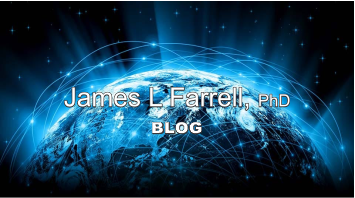TONS OF INFORMATION
About fifty blogs are offered here for visitors to download and/or print. Each individual blog, with links to references which (if not under a publisher's copyright) can also be downloaded and printed from this site, summarizes a specific aspect from a chosen set of topics. A smaller number of “one-pagers” will address topics from my earlier fundamental book
Integrated Aircraft Navigation. An additional few will deal with topics not covered in either of those two books. An example of the latter publicizes some useful facets of the ultra-familiar classical low-pass filter which (believe it or not – after all these years) have remained obscure. The overall span of subjects (all firmly supported by experience as well as theory) ranges from elementary to advanced, in some cases relatively new and therefore largely unknown.
Modern estimation in both block (weighted least squares) and sequential (Kalman filtering, with Battin's derivation - much easier to follow than Kalman's) form, with their interrelationship developed quite far, enabling "plant noise" levels to be prescribed in closed-form, also providing highly unusual insight into sequentially correlated measurement errors; chi-squared residuals; implications of optimality during transients; need for conservatism in modeling; sensitivity of matrix-vs-vector extrapolation ("do's and don'ts"); application-dependence of commonality and uniqueness features; quantification
of observability and effects of augmentation on it; duality among a wide scope of navigation modes; commonly overlooked duality between tracking and short-term inertial nav error propagation; when "correction-to-the-adjustment"
terms can and can't be omitted; suboptimal (equal-eigenvalues) estimation with steady-state performance indistinguishable from optimal; all fully supported by theory and experience
Basic building-blocks for attitude expressions: superiority of quaternions and direction cosines over Euler angles, due to singularity ("gimbal lock" at 90-deg for x-y-z sequence) and at 0-deg for z-x-z sequences used for orbits
GPS issues related to the top-priority goal of robustness: beyond elementary (4-state and 8-state) formulations; duality of pseudorange and phase ambiguity; exploitation of modern processing capabilities in GPS/GNSS receivers; carrier phase as integrated doppler vs frequency data; 1-sec sequential phase changes (MUCH easier to mix across constellations, negligible sequential changes in IONO/TROPO propagation, ambiguity resolution not needed, instant reacquisition, no-mask angle needed); streaming velocity for dead reckoning with segmentation of position fixes; differential operation -- differencing across satellites, receivers, and time; handling correlations from differencing; orthogonalization for simple QR factorization; measurement relocation in time and lever-arm adjustment; E(Extended)RAIM; D(Differential)RAIM; necessity of weighting in single-measurement RAIM with pseudoranges and carrier phases, concurrently; sample flight test results showing state-of-the-art accuracies in dynamics (e.g., cm/sec RMS velocity error and tenths-mrad leveling) with a low-cost IMU; revisit of the same flight segment, achieving decimeter/sec RMS velocity error without any IMU
Tracking (with subdivision into more than fifteen topics including a littoral environment operation with hundreds of ships present; orbit determination; usage of Lambert's law; surface-to-air (subdivided into ground-to-air and tracking from ships), surface-to-surface (again with the same subdivision), air-to-surface, air-to-air; reentry vehicles; usage of stable coordinate frames; linearity in both dynamics and measurements; Mode-S squitters for mutual surveillance and collision avoidance in crowded airspace; multiple track output usage (placement of gates, antenna steering, file maintenance); crucial importance of transmitting measurements rather than coordinates; extension to noncooperative objects, critical distinction (elsewhere blurred) between errors in tracking and stabilization; sucessfully accomplished concurrent track of
multiple objects with electronically steered beams; bistatic and multistatic operation; postprocessing to form familiar parameters from estimator outputs; short-range projectiles over "flat-earth" - plus many more)
Processing of inertial data - incrementing of position, velocity, attitude; straightforward state-of-the-art algorithms for complete metamorphosis from raw gyro and accelerometer samples into final 3-D position, velocity, and attitude; motion-sensitive inertial instrument errors; coning; sculling; critical distinction between misalignment (imperfect mechanical mounting) vs misorientation; adaptive accommodation of gyro scale factor and misalignment errors; instability of unaided vertical channel; azimuth pseudomeasurement; near-universal misconceptions connected to free-inertial coast
Support functions (transfer alignment; SAR motion compensation; stabilization of images; sensor control mechanizations; synchronization; determination of track retention probability)
Vision-for-the-future with maximum situation awareness for all cooperating participants in a scenario; Role of Interface (implications of singularities, RAIM, Differential GPS, etc.), software modularity, reuse, coordination).










